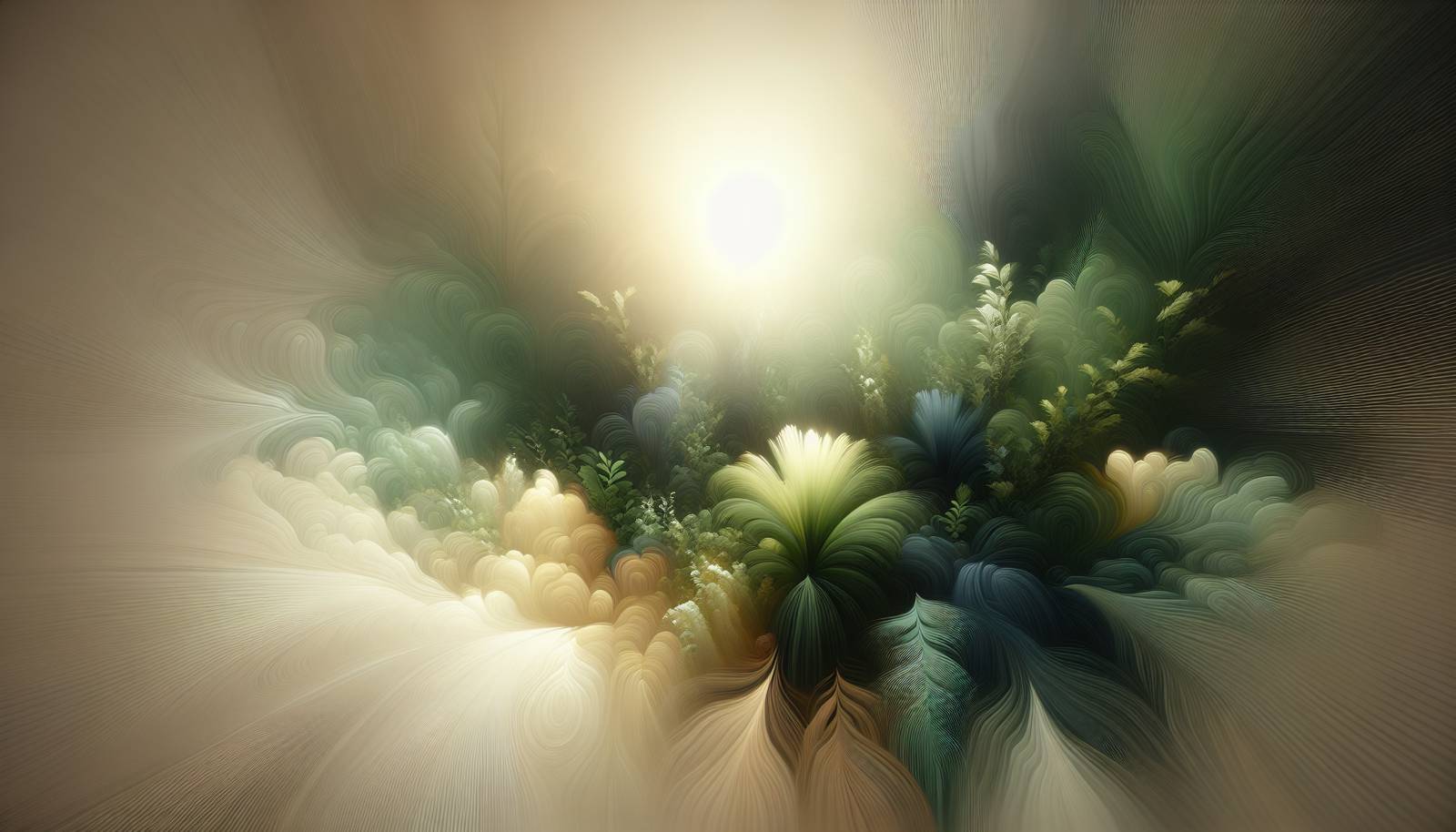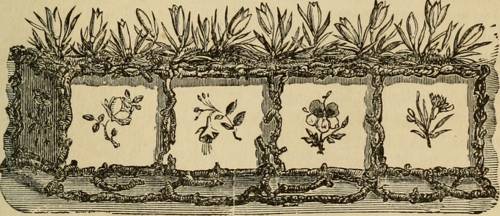
FAQ About Indoor Plant Livelihood with Artificial Light

What types of artificial lights are best for indoor plants?
The most effective artificial lights for indoor plants are LED grow lights, fluorescent lights, and HID lights. LED grow lights are energy-efficient and can be tailored to provide a spectrum of light that plants need. Fluorescent lights, especially CFLs (compact fluorescent lights), are also cost-effective and provide a good range of light intensities. HID lights such as Metal Halide and High-Pressure Sodium provide a powerful intensity but are less commonly used due to higher energy consumption.

How does artificial lighting support photosynthesis in indoor plants?
Artificial lighting supplements or replaces natural light to provide the light energy necessary for photosynthesis. Photosynthesis requires certain wavelengths, primarily blue and red light, which artificial lights can provide. With the right spectrum and intensity, artificial lights enable plants to synthesize carbohydrates for growth, just like sunlight.

How long should indoor plants be exposed to artificial light each day?
The duration of artificial light exposure depends on the plant species. Generally, most plants require 12 to 16 hours of light per day to simulate daylight length. However, some plants might need specific light cycles; for instance, flowering plants may require shorter or longer durations to influence blooming.

Can all indoor plants thrive under artificial lights?
Most indoor plants can thrive under artificial lights, but their success largely depends on the type of light and the specific needs of the plant. Low-light plants such as snake plants and pothos, tend to adapt better than high-light plants, such as succulents and cacti, which may require more intense lighting conditions.

What distance should artificial lights be placed from indoor plants?
The optimal distance of artificial lights from plants usually ranges from 6 inches to 12 inches, depending on the type of light and plant species. LED lights can be placed closer due to low heat emission, while fluorescent and HID lights might need more distance to prevent burning the leaves.

Do LED grow lights really stimulate plant growth effectively?
Yes, LED grow lights are highly effective in stimulating plant growth. They offer a full spectrum of light which can mimic natural sunlight, and their intensity and spectrum can be adjusted according to plant growth stages (seedling, vegetative, flowering). LEDs are also efficient, long-lasting, and have low heat output, reducing the risk of damage to plants.

What is the role of blue and red light in plant growth?
Blue and red lights are crucial for plant growth. Blue light regulates growth patterns, influencing leaf formation and stem elongation, while red light is vital for flower production and fruit development. An optimal balance of both wavelengths promotes healthy and robust growth.

Are there any special considerations for using artificial lights with tropical plants?
Tropical plants generally require higher humidity and consistent warm temperatures alongside sufficient light. Using artificial lights with these plants, it's crucial to ensure that the lights provide not only the right intensity and spectrum but are also coupled with humidity control to mimic the plant's natural environment.

Can artificial lighting be used to start seeds indoors?
Yes, artificial lighting is highly effective for starting seeds indoors. Using grow lights, especially LEDs or fluorescent lights, provides the controlled light spectrum and intensity that seeds require to germinate and strengthen into healthy seedlings. This method also allows gardeners to start plants earlier in the season.

What are the energy cost implications of using artificial lights for plants?
The energy costs can vary significantly depending on the type of lights used. LED grow lights are typically the most energy-efficient option, using 50-70% less energy compared to HID lights, resulting in lower electricity bills. Fluorescent lights offer moderate energy efficiency compared to LEDs and HID lights.

How can I ensure my plants receive uniform light from artificial sources?
To ensure uniform light distribution, it is important to adjust the placement of lights so that they cover the entire plant canopy. Rotating plants regularly and using reflective surfaces or materials like Mylar can help disperse light more evenly across all parts of the plant.

Is it possible to over-light indoor plants with artificial lighting?
Yes, over-lighting is possible and can stress plants, leading to leaf burn or wilting. It's important to understand each plant's light requirements and adjust the intensity and duration of artificial light accordingly. Monitoring for signs of stress will help manage this risk.

Do artificial lights emit heat that can affect indoor plants?
Some artificial lights, like HID and older incandescent bulbs, emit significant heat, which can damage plants if placed too close. However, modern LEDs emit very little heat and are safer for close-proximity lighting. It's vital to choose the right type of light and maintain proper distance to prevent heat stress.

What are the signs that a plant is not getting enough light?
Signs that a plant is light-deprived include elongated stems, smaller leaves, paler or yellowing leaf color, slow growth, and reduced flowering or fruiting. Moving the plant closer to artificial lighting, or adjusting to provide more light can alleviate these symptoms.

How do I calculate the amount of light my indoor plants need?
The light requirement for plants is often measured in "foot candles" or "lux." A general rule is that bright light plants need approximately 2000-4000 lux, medium light plants 1000-2000 lux, and low light plants require 500-1000 lux. Using a light meter can help accurately measure the light intensity reaching your plants.

What advantages do LED grow lights offer over other artificial light sources?
LED grow lights offer numerous advantages, including greater energy efficiency, long lifespan, low heat production, and the ability to tailor the spectrum of light to specific plant needs. They are versatile and can be adjusted according to the growth stages of plants, supporting optimal photosynthesis and growth.

Do I need to use different types of artificial light for different growth stages?
Yes, different growth stages of plants may benefit from different light spectra. During the vegetative stage, plants thrive under blue light which promotes leafy growth. During flowering and fruiting stages, red light is beneficial due to its role in promoting flowering and fruit development.

Can houseplants become too dependent on artificial light?
While plants can rely entirely on artificial light if necessary, they do not become "dependent" in an adverse sense. Artificial lights can be used strategically to supplement natural light; for instance, in winter months or dark interiors, maintaining consistent growth.

Are there any disadvantages to using artificial lighting for indoor plants?
Some disadvantages include initial setup costs, ongoing energy consumption, and potential issues with heat if using non-LED lights. However, these can be mitigated by selecting energy-efficient options like LEDs and setting up lights to optimize coverage without excess heat or energy use.

Can artificial light affect the flowering and fruiting cycles of indoor plants?
Yes, artificial light can affect the flowering and fruiting cycles by providing the necessary spectrum and light duration. Adjusting the light's spectrum and photoperiod can mimic seasonal changes, encouraging plants to flower or fruit even when natural conditions may not be optimal.
